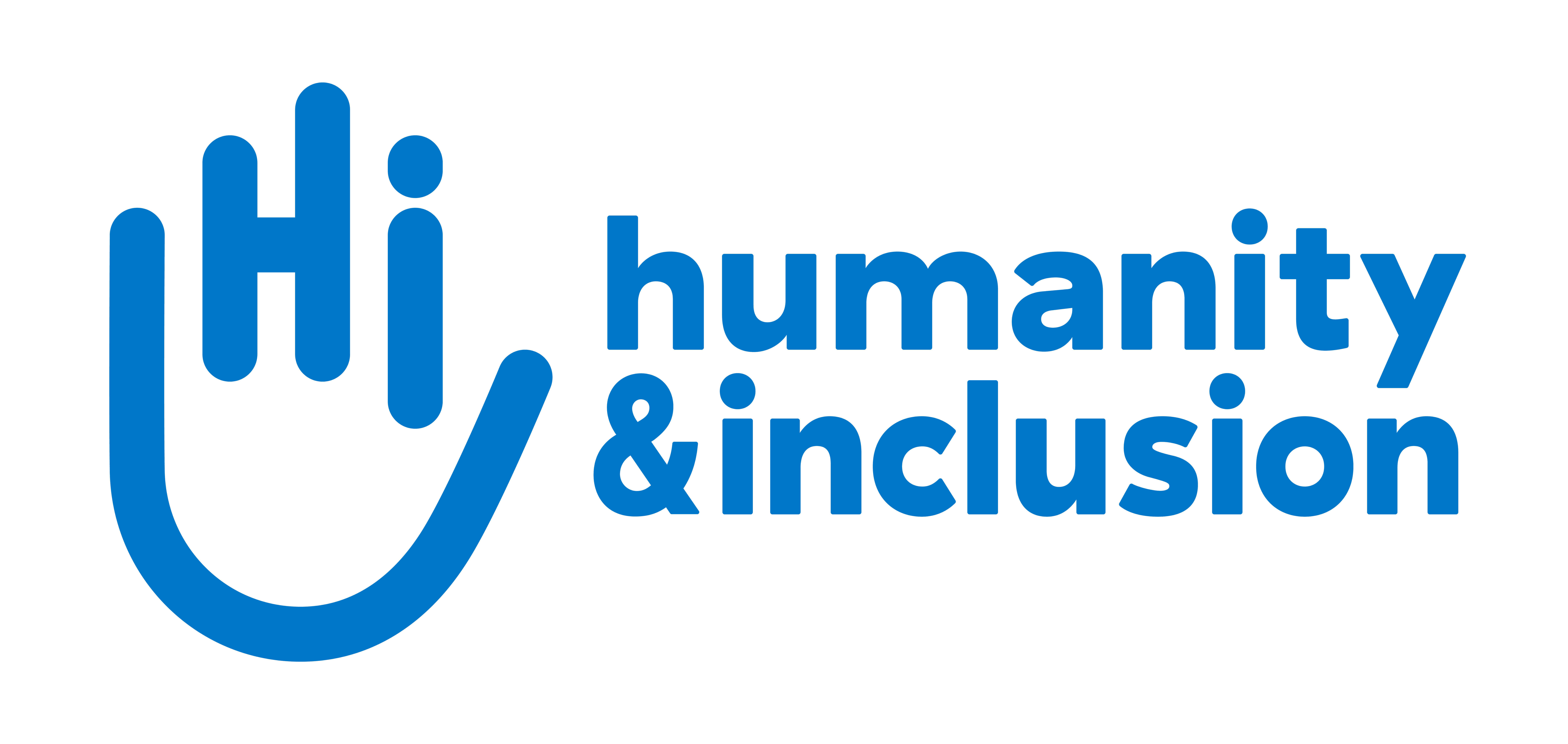HI continues to assist victims four years after the earthquake in Nepal
Since Nepal was hit by an earthquake on 25 April 2015, HI has provided support to more than 19,000 disaster-affected people.

Nirmala and Khendo, Nepal earthquake victims, at National Disabled Fund rehabilitation center, supported by HI | © Elise Cartuyvels/HI
More than 19,000 people assisted
On 25 April 2015, a violent earthquake struck Nepal, killing more than 8,000 people and injuring more than 22,000 others. Present in Nepal since 2000, HI launched an immediate emergency response to assist victims of the disaster.
"Following the earthquake, HI helped many victims with fractures or musculoskeletal pain, and longer-term sequelae such as amputations, spinal cord injuries and the like. We have also formed new partnerships with government authorities to ensure access to rehabilitation care for people living in remote or inaccessible districts. Four years on, conditions are more stable for many patients, but we continue to provide rehabilitation care to those in need,"
explains Willy Bergogne, HI's director in Nepal.
Since 25 April 2015, the organisation has run more than 42,000 rehabilitation and psychological support sessions for more than 19,000 people and supplied 7000 prostheses, orthoses etc. to people with injuries. HI has also distributed more than 4,300 kits containing tents, cooking kits etc. to more than 2,200 families. It has organised the storage and transport of more than 5,400 tonnes of humanitarian equipment to remote villages .
More than 1,500 earthquake-affected households have been given financial support to set up new business activities such as goat breeding and small stores. In winter 2015, the organisation handed out warm clothes, blankets etc. to more than 9,000 people made vulnerable by the earthquake. Finally, the organisation also enabled the most vulnerable people to access humanitarian services, such as education, healthcare etc. supplied by other organisations, and raised the awareness of more than 3,000 people to ensure the most vulnerable individuals are taken account in natural disaster risk management.
Lasting support
There are 80 people on HI’s team in Nepal. The organisation is active in 53 districts, and continues to support victims of the earthquake:
- HI still provides support to seven rehabilitation centres in six areas worst affected by the earthquake
- HI continues to help victims set up new business activities
- HI also aims to ensure the most vulnerable individuals are included in natural disaster preparedness plans
- HI continues to respond to disasters, including by organising emergency rehabilitation sessions for more than 100 people affected by the tornado that struck southern Nepal on 31 March 2019
- The organisation implements other development projects, and promotes access to school for children with disabilities





